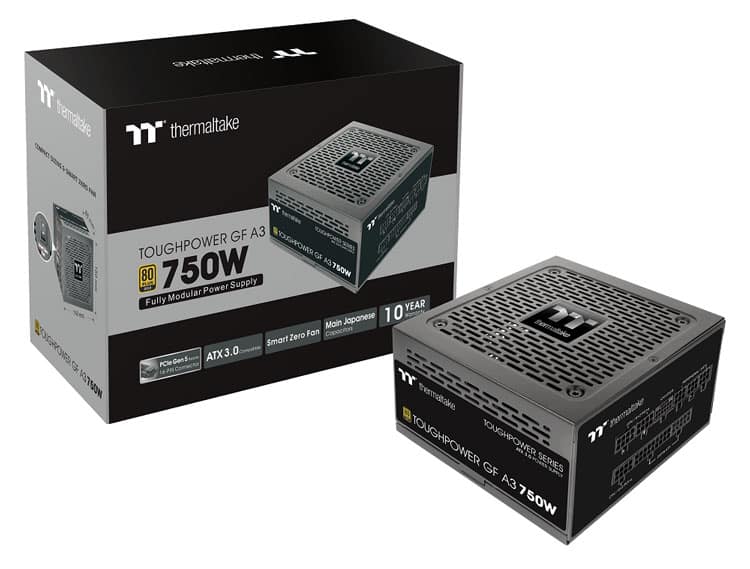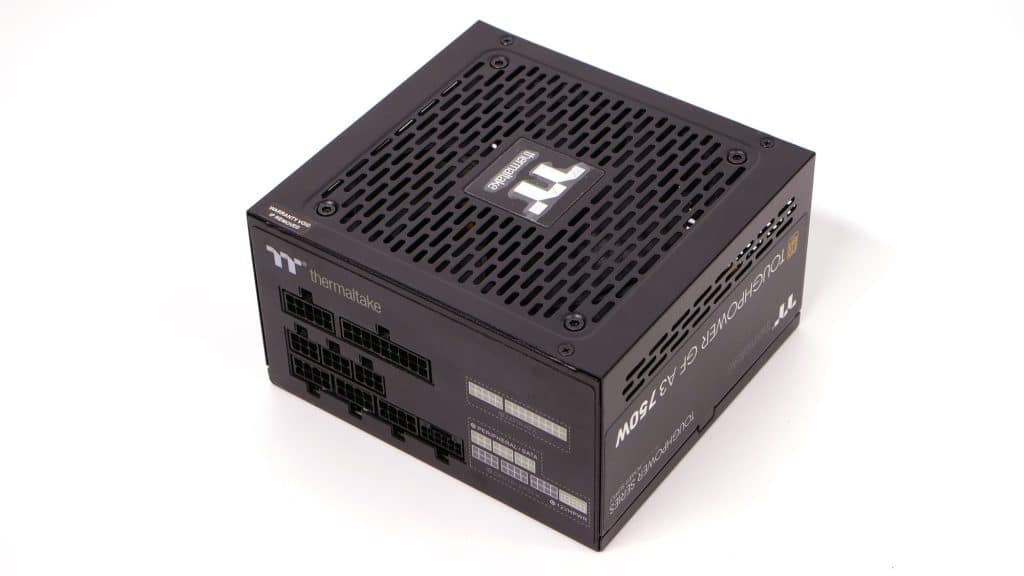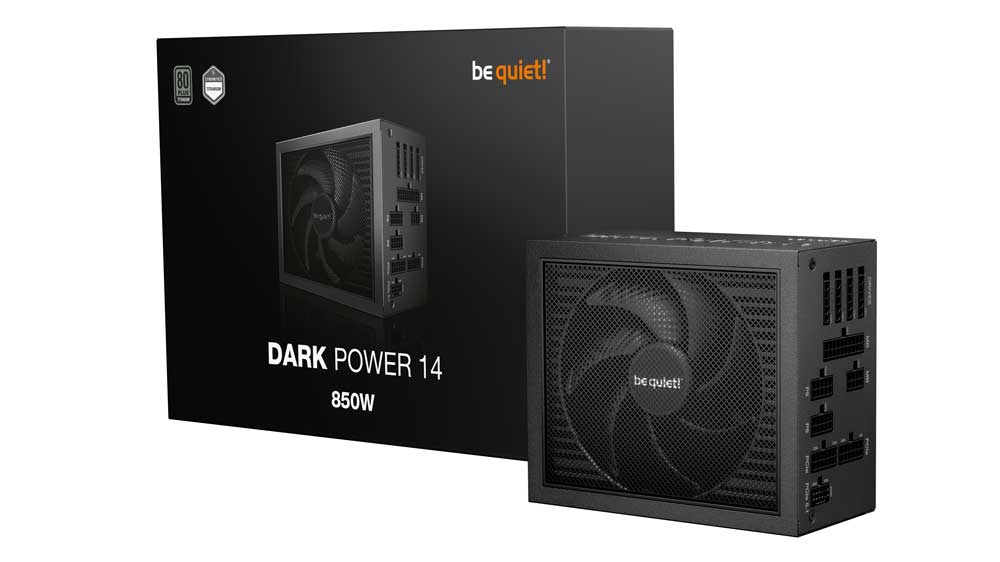Epilogue
Similar to the other models of this line, the most vital asset of the Thermaltake GF A3 750W is the affordable price tag, at 97 dollars. The only problem is that the unit doesn’t achieve the same performance levels as its 850W sibling, staying behind in the overall performance charts and having the last place, which doesn’t look good. Load regulation needs to get tighter, especially on the minor rails, and transient response needs improvement, especially at 12V.
Given that the GF A3 850W uses the same platform, with some minor component changes, it looks weird that the 750W model scores so low in almost all sections, including load regulation and transient response, among the most important performance factors. There can be a difference in performance between two products made by the same production line, but in this case, the difference is notable, showing that something is definitely off.
From the cons list that you will find at the end of this page, the most important are the following:
- Loose load regulation.
- Mediocre transient response.
- High inrush currents.
- OCP at 3.3V.
- The EPS connectors are on the same cable. These connectors should be on dedicated cables, with 16AWG gauges, ideally.
- Low PF readings.
I want to stress that a pair of EPS connectors on the same cable can lead to dangerous situations, especially when the typical 18AWG gauges are used up to the first connector. These connectors can easily draw more than 250W each, meaning >500W. The single 8-pin socket won’t be able to handle such power levels, and the same applies to the 18AWG gauges, which will probably go first. HKC and Thermaltake should take care of this as soon as possible.
All in all, I would suggest you pay a bit more and get the Thermaltake GF3 A3 850W instead of the 750W model, given the performance difference in my review samples.
To check all alternative PSU offerings, read my Best ATX v3.0 PSUs article before investing in a new power supply. You help me a lot by using my affiliate links, which don’t increase the product’s price. I get a commission from Amazon every time you do it, which can make a difference for me, especially now that I am on my own, working exclusively for my media and not for someone else.
- Affordable price (given its specifications)
- Delivered full power at 47°C
- High overall efficiency (Cybenetics Platinum)
- ATX v3.0 and PCIe 5.0 ready
- Not high overall noise output
- Efficient 5VSB rail
- Low enough vampire power at 115V
- Long hold-up time
- Decent ripple suppression on the minor rails
- Good soldering quality
- Alternative Low Power Mode (ALPM) compatible
- Fully modular
- 12+4 pin PCIe connector (300W)
- Compact dimensions (140mm depth)
- Ideal distance between the peripheral connectors (145-150mm)
- Ten-year warranty
- Loose load regulation
- Mediocre transient response at 12V
- Both EPS on the same cable can cause trouble
- High inrush currents
- High OCP at 3.3V
- Lower than 70% efficiency with a 2% load
- APFC converter needs tuning for higher PF readings
- Above 0.1W standby power at 230V




Hi what would be the difference between the GF3 and GF A3 lineups? Thanks!
Different OEM, the GF3 (up to 1200W) is by CWT, the GF A3 by HKC.